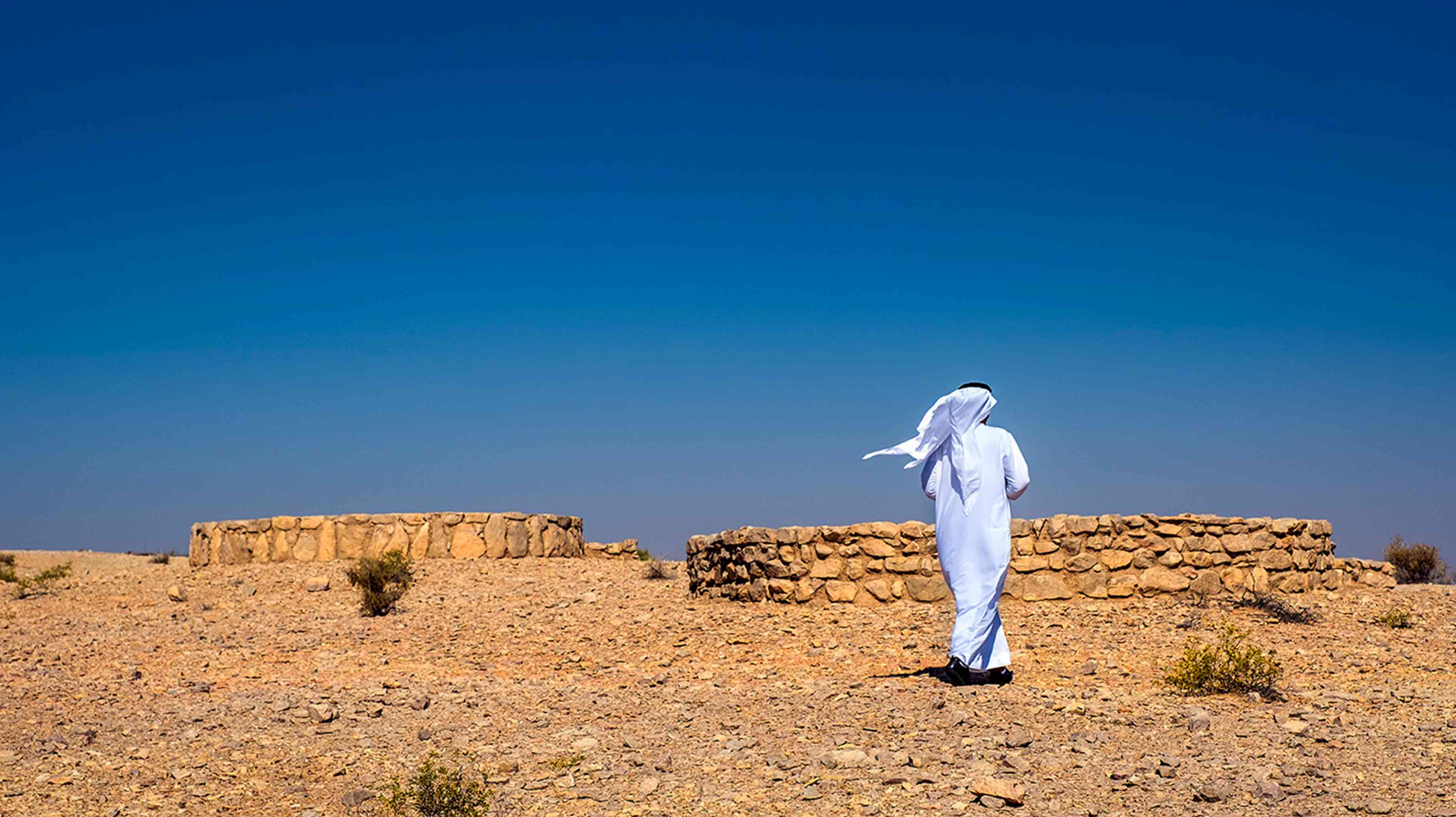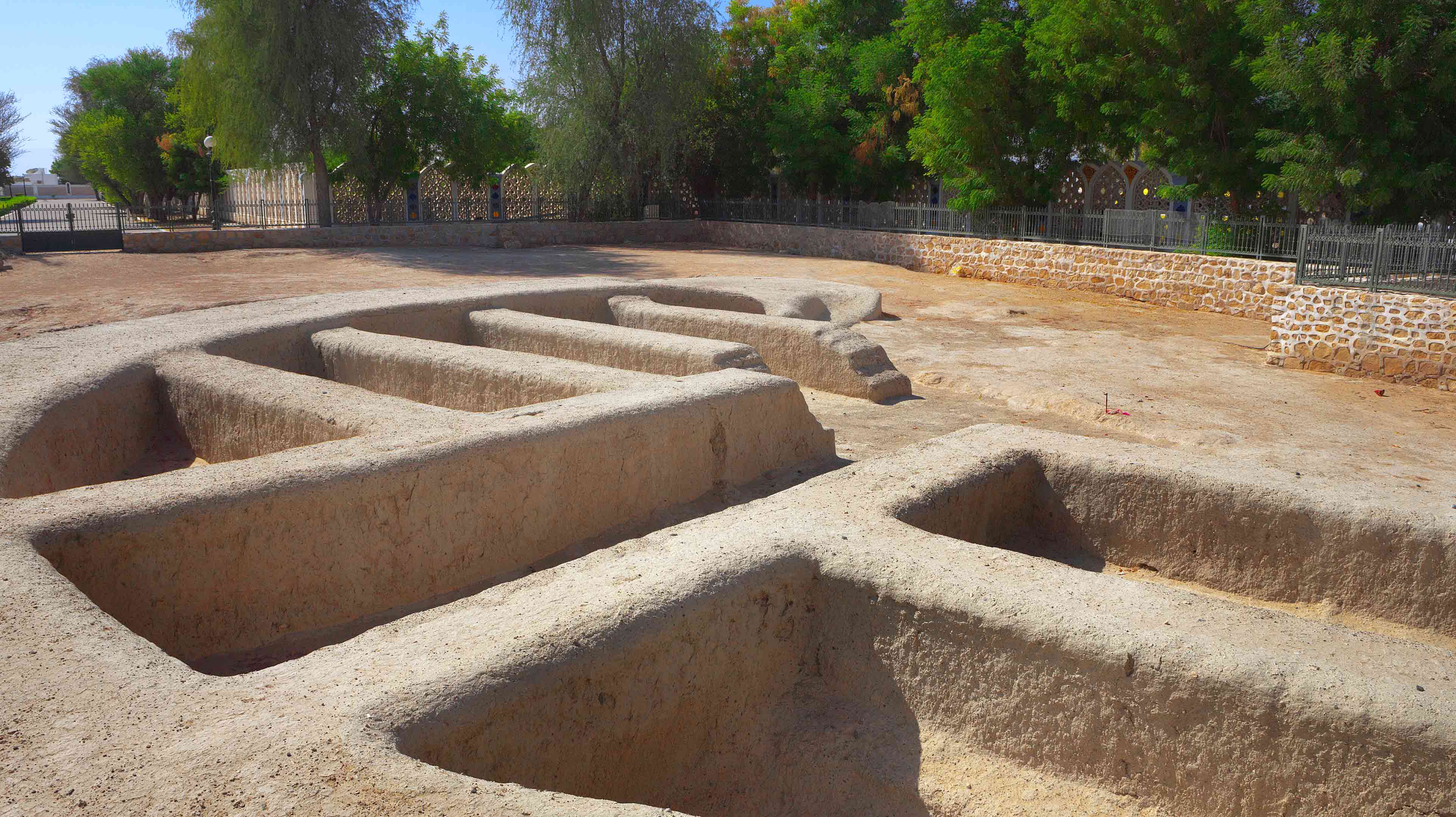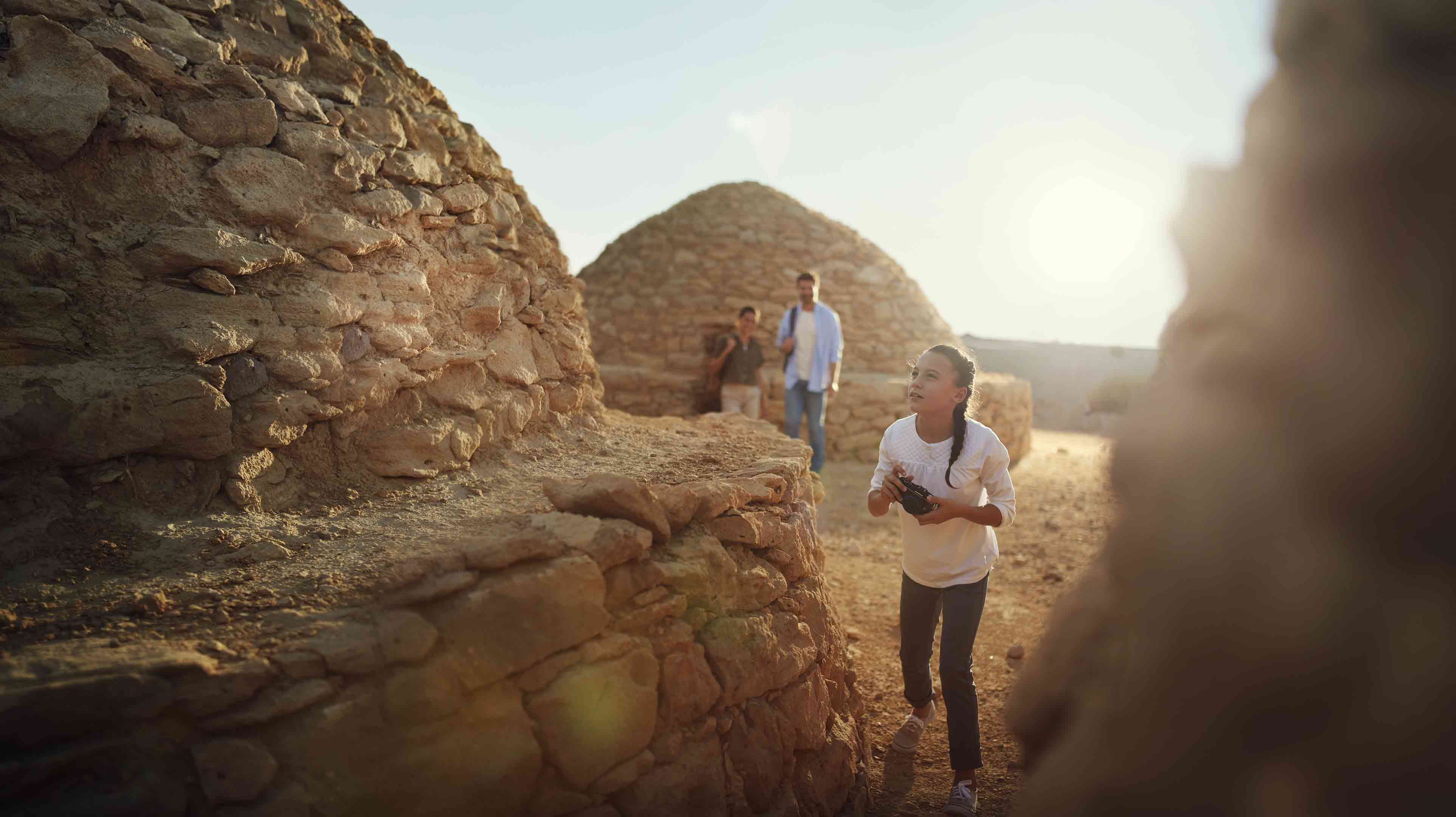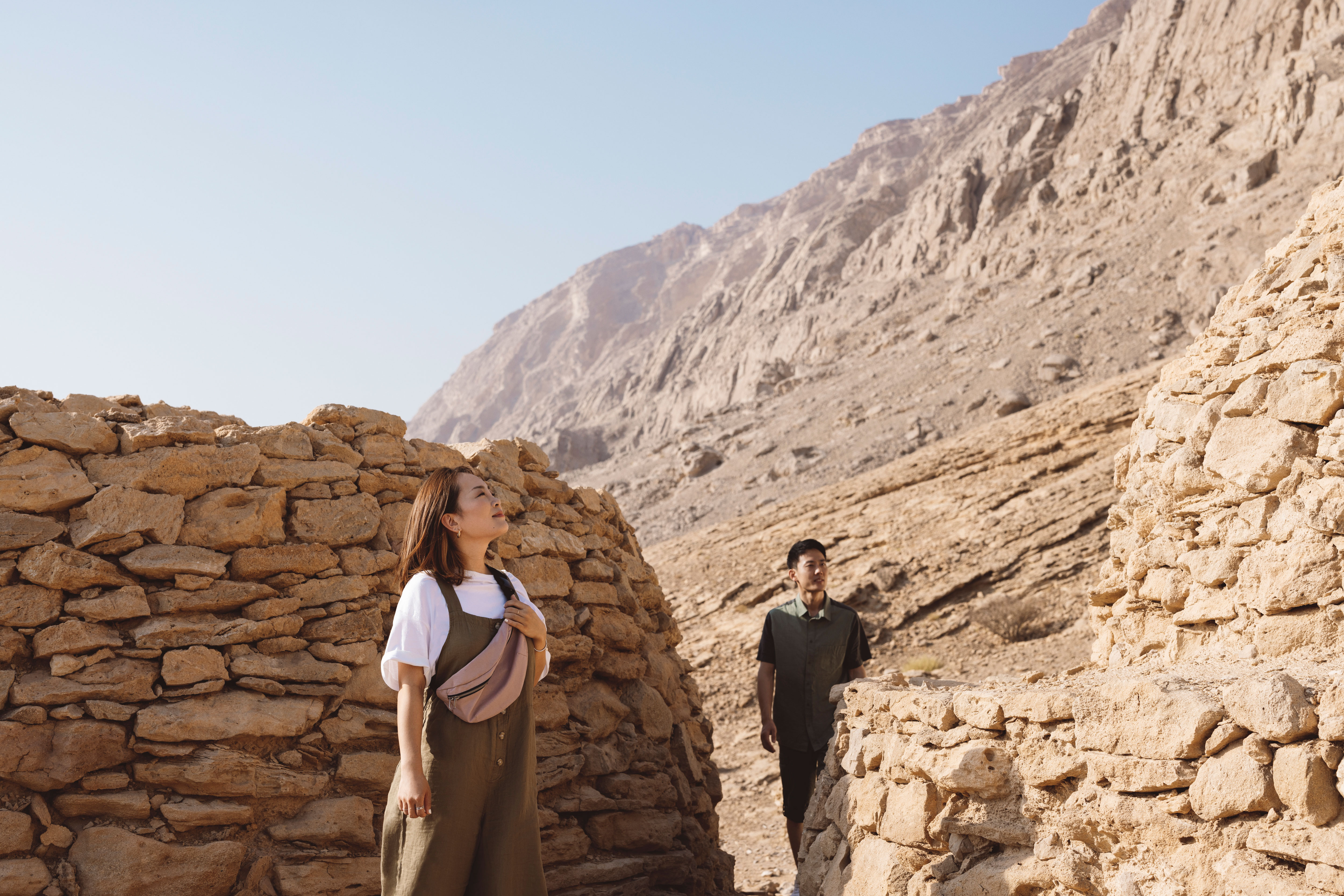Показать все
Объекты всемирного наследия ЮНЕСКО
Различные места, Аль-Айн
Когда-то эта местность была спасительным зеленым оазисом на пути караванов из ОАЭ в Оман, где появилось одно из древнейших в мире постоянных поселений, а сегодня Аль-Айн, что означает «родник», ― это утопающий в зелени город-сад, который включен в список всемирного наследия ЮНЕСКО.
Культурные объекты Аль-Айна, признанные ЮНЕСКО всемирным наследием, включают шесть оазисов, археологические достопримечательности Бида бинт Сауд, Джебель Хафит и Хили. Эти уникальные места уходят корнями в эпоху неолита и сохранили следы многих доисторических культур, представляющих свидетельства проживания оседлых народов в условиях пустыни. Глядя на них, вы как-будто совершаете путешествие в прошлое на машине времени.
Бида Бинт Сауд
На вершине горы Гхарн бинт Сауд на севере Аль-Айна было обнаружено множество каменных гробниц. Гору Гхарн бинт Сауд, которая представляет собой скалу из расслоенной породы, возвышающуюся среди пустыни и ферм, трудно не заметить. Самая большая гробница имеет прямоугольную форму 8 м в длину и 6 м в ширину. Несмотря на то, что возраст некоторых гробниц достигает 5000 лет, многие из этих погребальных сооружений многократно использовались в течение Бронзового и Железного веков.

В результате раскопок в этой местности были найдены многие артефакты, среди которых и обоюдоострые мечи. В 1,5 километрах на запад от Гхарн бинт Сауд был обнаружен фаладж (древняя оросительная система), которому более 3000 лет. Это невероятное открытие свидетельствует об умении местных жителей добывать воду из подземных источников. На сегодняшний день данный фаладж и другие сооружения в Археологическом парке Хили, других местах ОАЭ и Омане представляют собой самые ранние в мире свидетельства широкого использования системы орошения. Недалеко от фаладжа было найдено большое строение, которому 3000 лет, из необожженного кирпича с колоннами и свободным пространством между ними. Все эти объекты демонстрируют, какую важную роль в развитии Восточного региона Абу-Даби сыграла область Бида бинт Сауд и Аль-Айн в целом.
Археологический парк Хили
Объект археологических раскопок Хили является не только одним из самых ранних в мире свидетельств занятия земледелием в Объединенных Арабских Эмиратах. Здесь собраны древние исторические памятники, которые относятся к Бронзовому веку (3200 г.д.н.э. - 1300 г.д.н.э.) и Железному веку (1300 г.д.н.э. - 300г.д.н.э): поселения, захоронения и сельскохозяйственная инфраструктура. Древнейшее поселение, где занимались земледелием, Хили 8 относят к 3000 г.д.н.э. В период между 2500 и 2000 г.д.н.э. поселение в Хили расширялось.

Памятники принадлежат культуре Умм ан-Нар, названной по имени острова вблизи Абу-Даби, на котором были обнаружены следы этой развитой цивилизации. Именно в Хили сосредоточено наибольшее количество захоронений и сооружений этой эпохи в ОАЭ. Некоторые строения Бронзового века в Археологическом парке Хили открыты для посещения. Хили расположен неподалеку от Долины окаменелостей (Fossil Valley) ― района, который много тысяч лет назад был затоплен морем, что образовало мини-резервуар для бесчисленного количества окаменелостей.
Гробницы Джебель Хафит
Гробницы Джебель Хафит, возраст которых насчитывает более 5000 лет, относятся к началу Бронзового века в ОАЭ. Раскопки этих гробниц, проведенные в 1959 году датскими археологами, обнаружили следы керамических сосудов и медных изделий. Данные артефакты свидетельствуют о развитой морской торговле в Арабском заливе. Сооружения представляют собой однокамерные гробницы, сложенные из необработанных или грубо отесанных камней. Эти гробницы отличаются от усыпальниц Умм ан-Нар более позднего периода, которые строились из отшлифованных каменных блоков и использовались для захоронения сотен людей.

